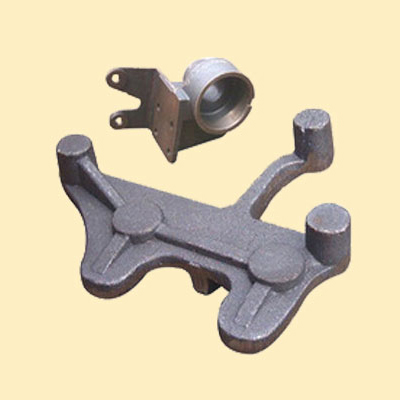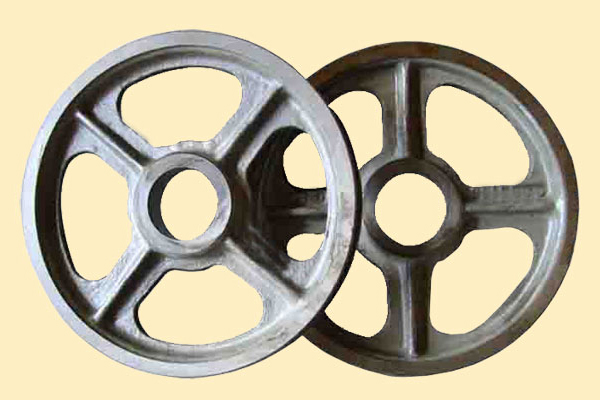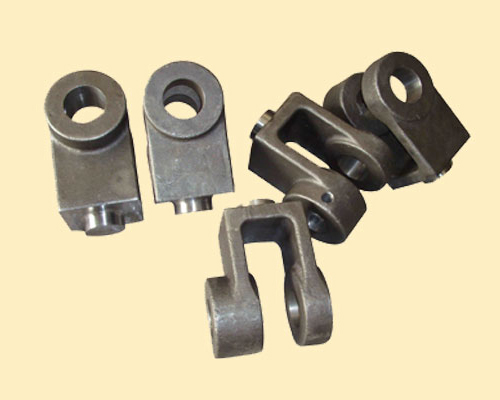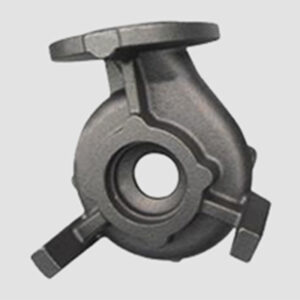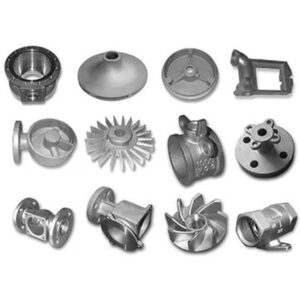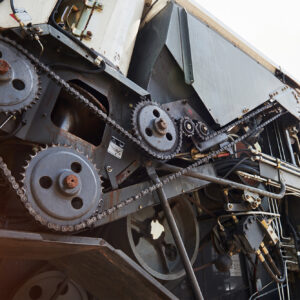Textile parts refer to the components and elements used in the textile industry for the production of fabrics, garments, and other textile products. The textile manufacturing process involves various stages, and different parts and components play crucial roles in ensuring the quality and functionality of the final textile products.
Description
Here are some key textile parts and their functions:
Spinning Components:
Spindles: Spindles are used in spinning machines to twist fibers together to form yarn. They are critical components in both traditional spinning and modern spinning processes.
Bobbin: The bobbin holds the spun yarn. It is a cylindrical device around which yarn is wound.
Weaving Components:
Looms: Looms are machines used for weaving yarns into fabric. Various types of looms exist, including shuttle looms, rapier looms, and air jet looms.
Shuttle: In traditional shuttle looms, the shuttle carries the weft thread back and forth through the warp threads.
Knitting Components:
Needles: Knitting machines use needles to form loops of yarn and create knitted fabrics. Different types of needles are used depending on the knitting process and desired fabric characteristics.
Cams: Cams control the movement of needles in knitting machines, determining the stitch type and pattern.
Dyeing and Finishing Components:
Dyeing Machines: Various dyeing machines are used to apply color to yarns or fabrics. These machines may include jet dyeing machines, beam dyeing machines, and winch dyeing machines.
Finishing Equipment: Equipment such as stenter frames and calenders is used to impart specific properties to fabrics, including setting the dimensions and improving the texture.
Warping and Sizing Components:
Warping Machine: Warping is the process of preparing the warp yarns. A warping machine winds parallel yarns onto a beam in preparation for weaving.
Sizing Machine: Sizing is the process of applying a protective coating to warp yarns to reduce friction during weaving. A sizing machine is used for this purpose.
These are just a few examples of the many parts and components involved in the textile industry. The design and functionality of these parts contribute to the overall efficiency and quality of the textile manufacturing process. Advances in technology continue to bring innovations to the industry, improving production capabilities and product quality.

